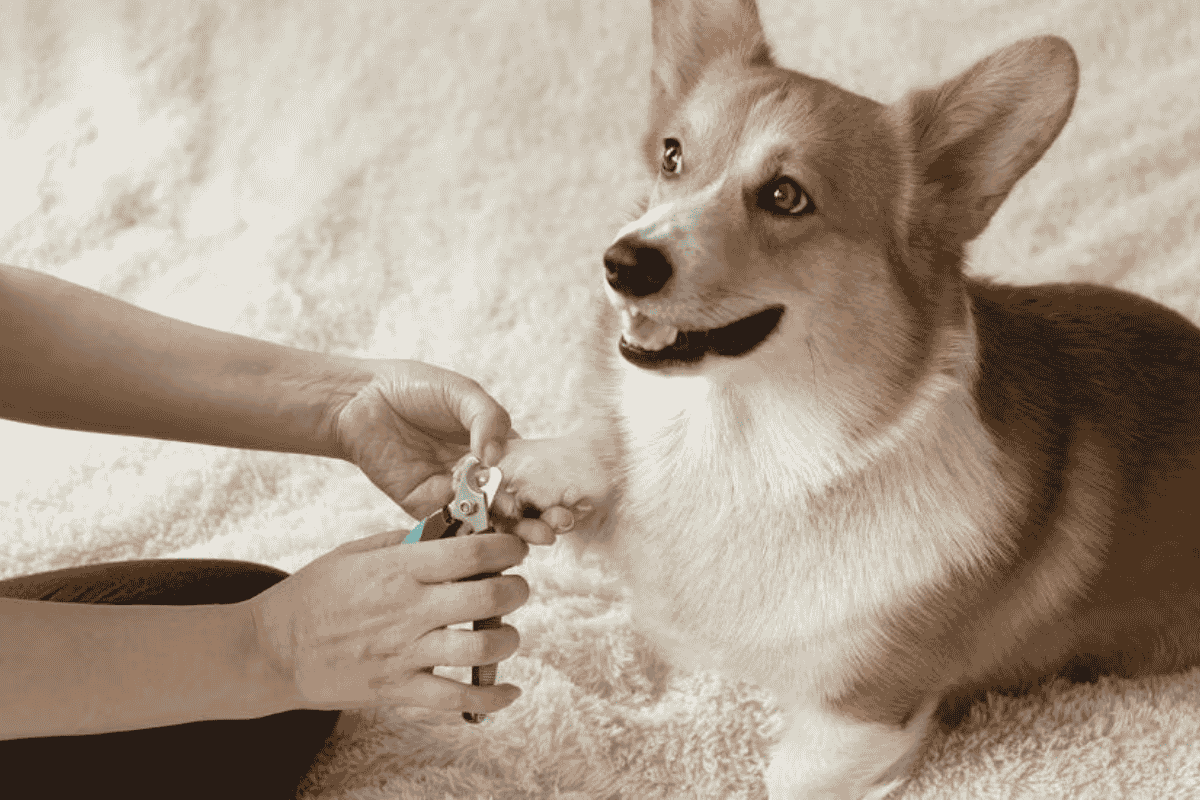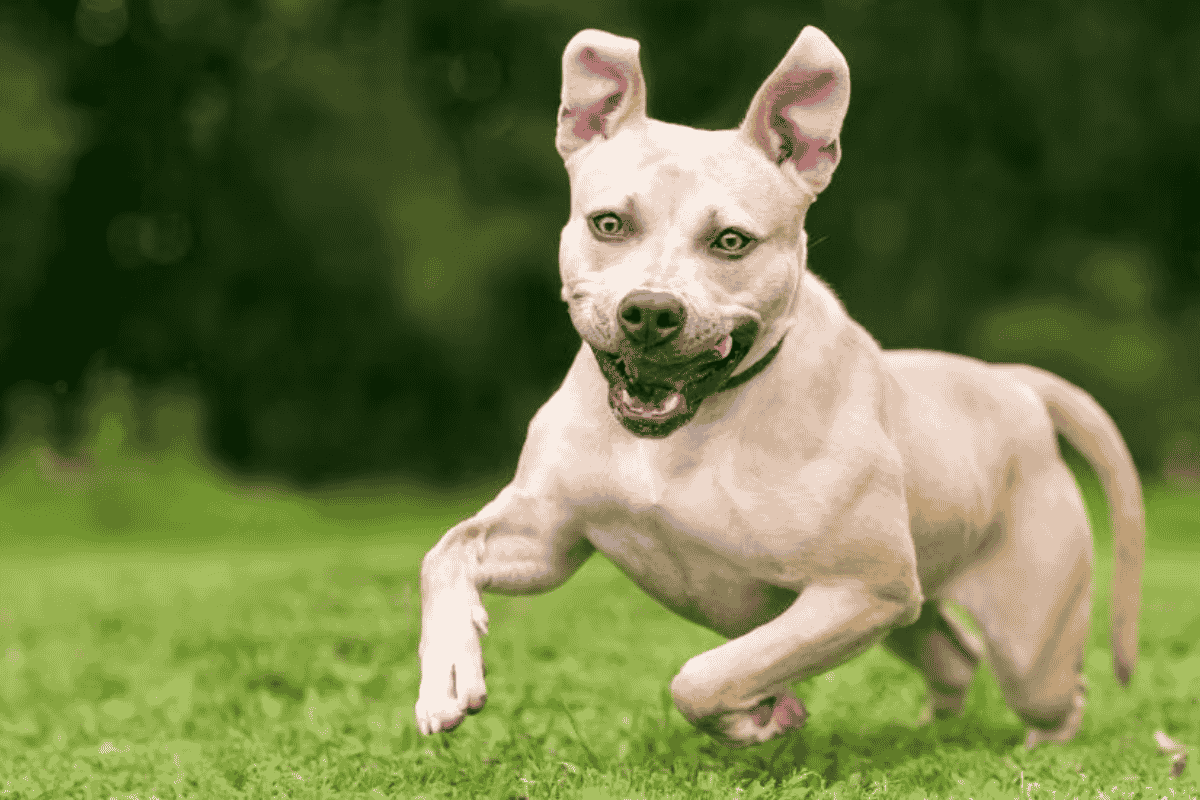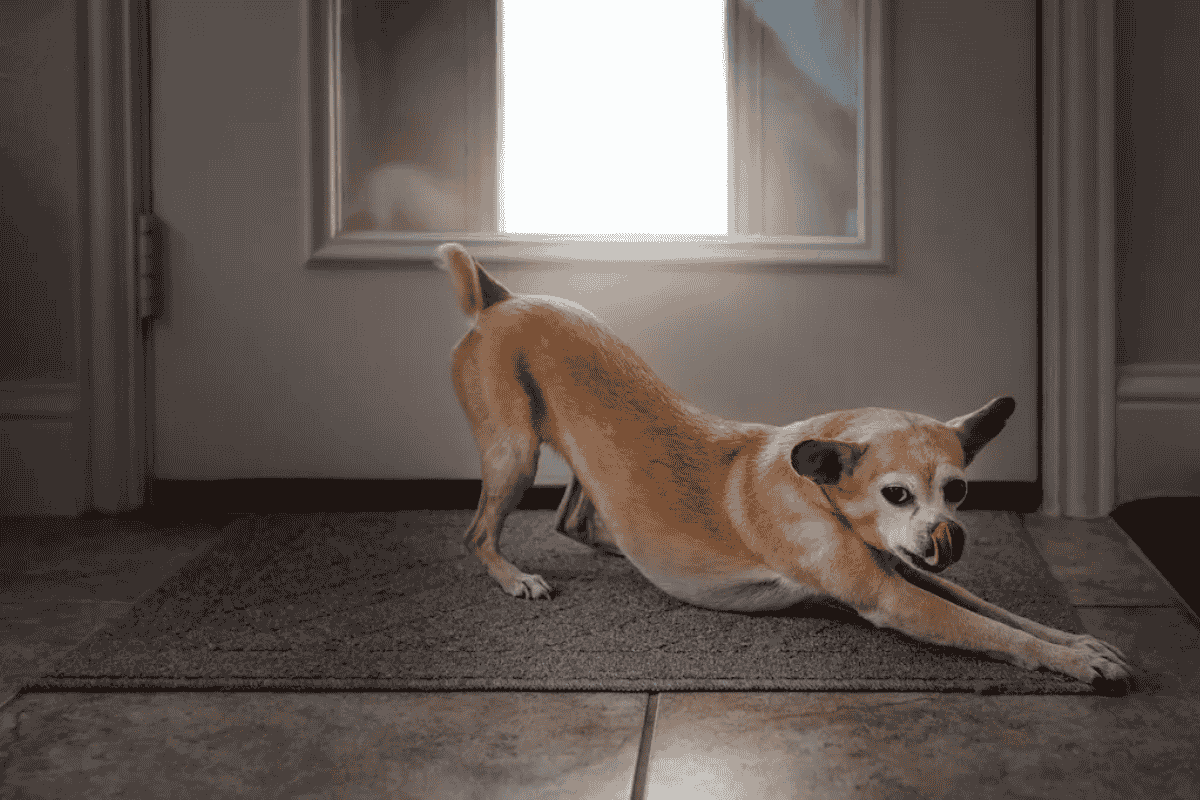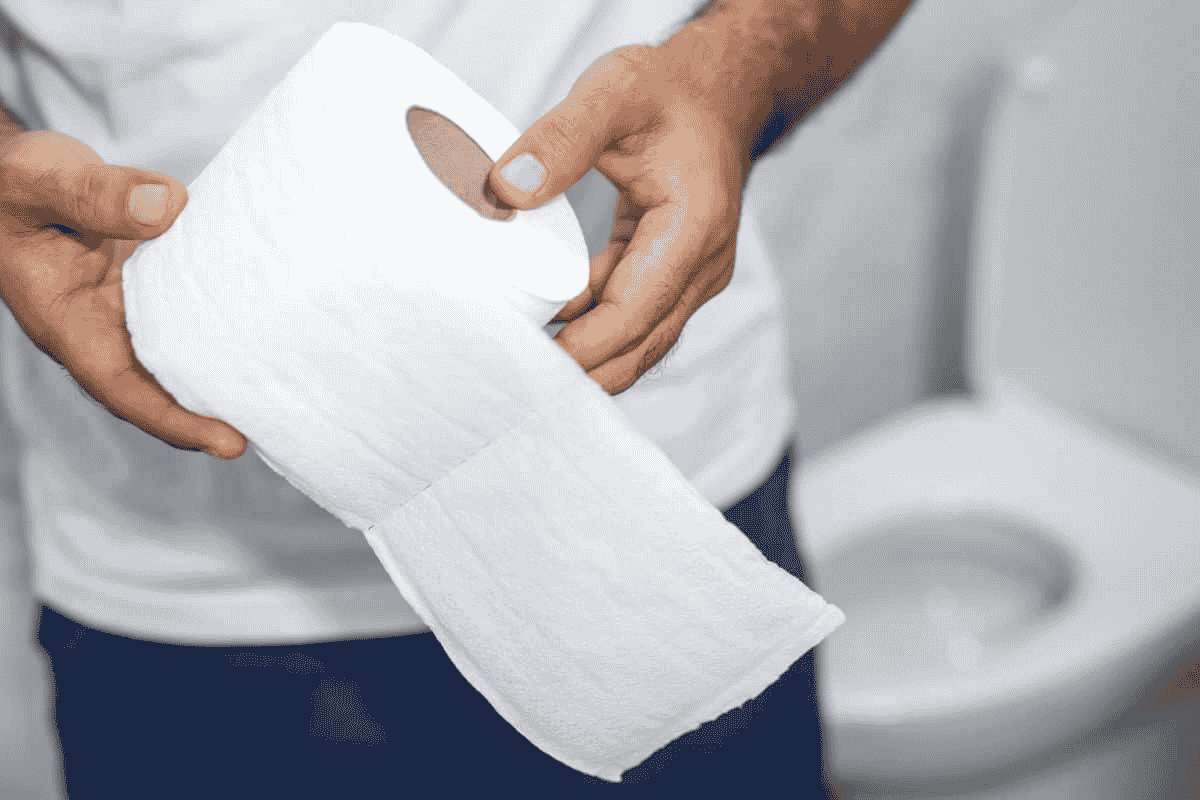Urinary incontinence in dogs is different from inappropriate urination caused by excitement, marking, or lack of training. With incontinence, dogs leak urine involuntarily — they truly can’t control it.
While it can be worrying to find unexpected puddles, there are effective treatments available. Here’s what you need to know about the signs, causes, and management of urinary incontinence in dogs.
Signs of Urinary Incontinence in Dogs
The most common sign is finding urine where your dog has been resting, such as on bedding or the floor. However, because other health conditions can cause similar symptoms, a veterinary exam is essential.
To help your veterinarian make an accurate diagnosis, track observations such as:
- When and where you find urine
- When the problem started and if it’s improving or worsening
- Whether your dog needs to urinate more frequently
- Any signs of painful urination
- Increased water intake
- Other health or behavior changes
Bring a fresh urine sample to your vet visit, since urinalysis and blood work are often needed to rule out infections or underlying diseases.
Common Causes of Dog Incontinence
Ectopic Ureters
In puppies, urinary leakage may be due to ectopic ureters. Instead of connecting to the bladder, ureters bypass it and attach farther down, causing constant leaking. Diagnosis requires contrast imaging, and surgery can correct the issue.
Nerve Damage
Incontinence may result from spinal cord injuries or nerve damage that interfere with bladder control. For example, dogs with paralysis may not be able to empty their bladder, leading to overflow leakage.
Treatment can include catheterization in the hospital or teaching owners how to express the bladder at home.
Urethral Sphincter Mechanism Insufficiency (USMI)
USMI is the most common cause of incontinence in dogs. The urethral sphincter is too weak to hold urine, often due to estrogen deficiency, obesity, or genetic factors. Fortunately, USMI is highly treatable with medications, such as:
- Phenylpropanolamine (PPA): Strengthens the urethral sphincter; usually effective but may cause side effects like restlessness or increased blood pressure.
- Estrogen supplementation (Incurin, DES): Helps restore urethral tone in female dogs.
- Testosterone: Sometimes prescribed for male dogs.
Many dogs respond well to these treatments, though doses may need adjustment or a combination of medications over time.
Managing Urinary Incontinence Long Term
With treatment, most dogs with urinary incontinence can live full, happy lives. However, ongoing monitoring is key:
- Watch for worsening leakage, which may signal the need for medication adjustments.
- Be alert to signs of bladder infections, which are more common in incontinent dogs and can worsen symptoms.
- Work closely with your veterinarian to fine-tune treatment and ensure your dog’s comfort.












